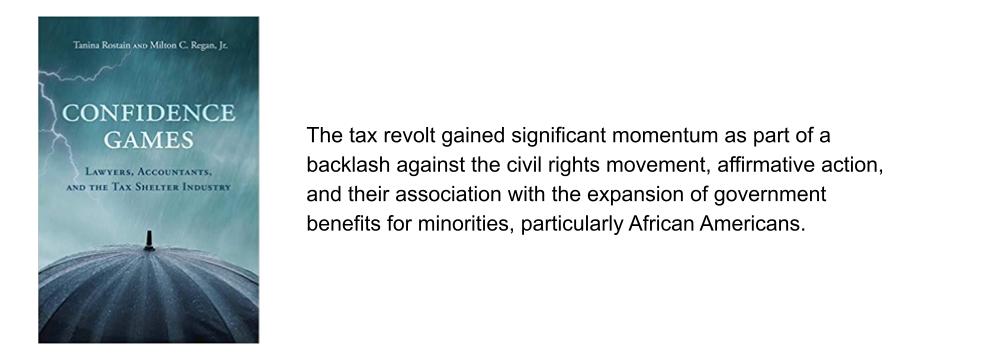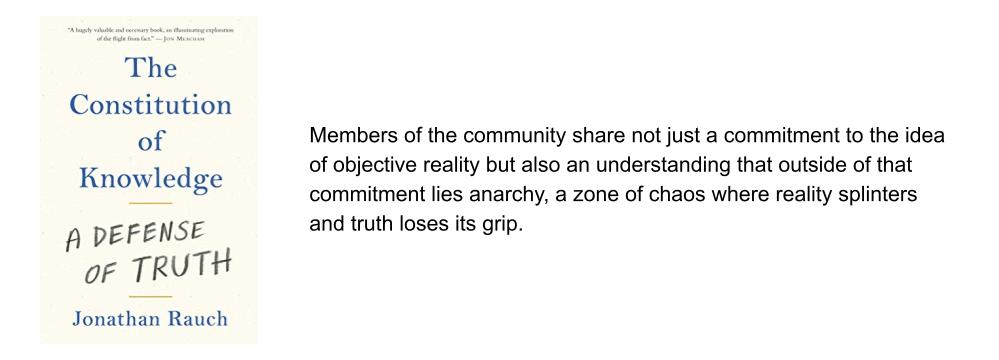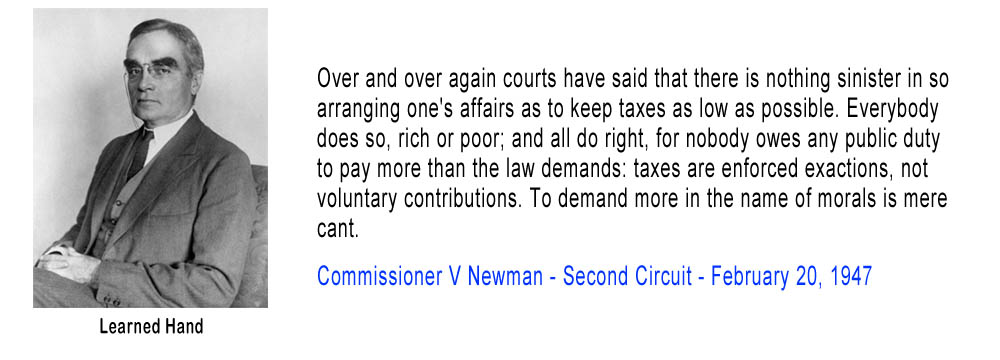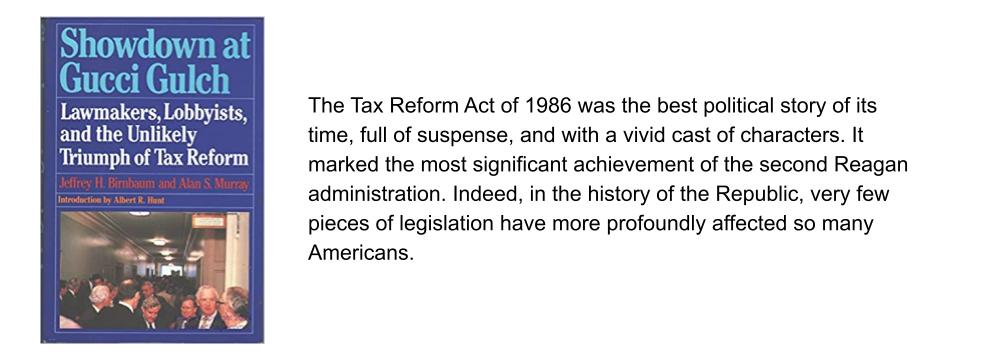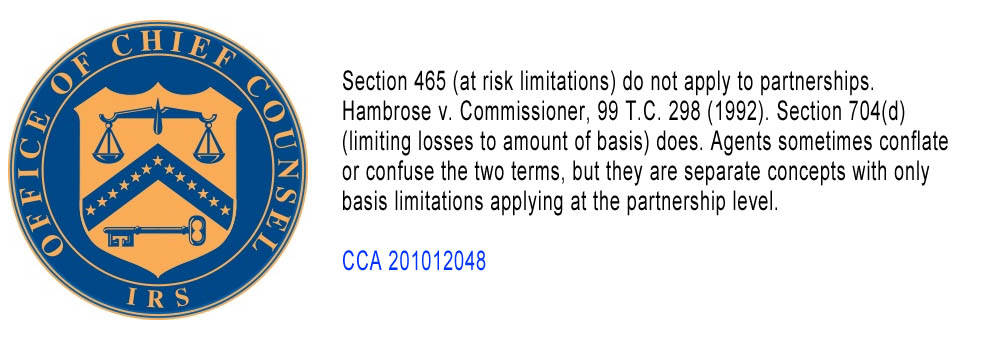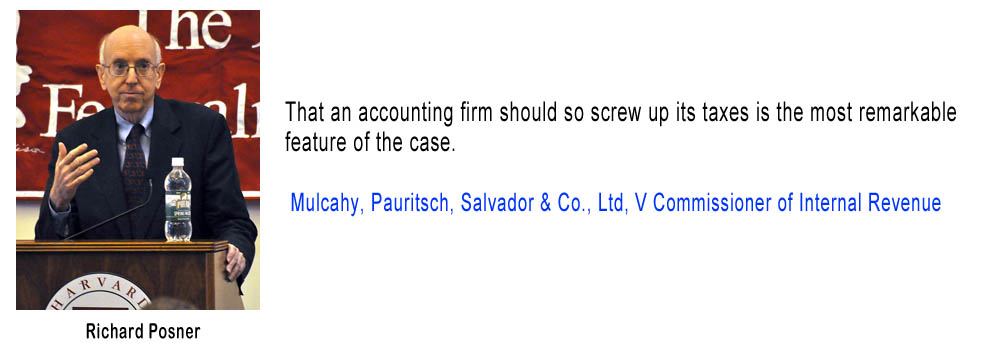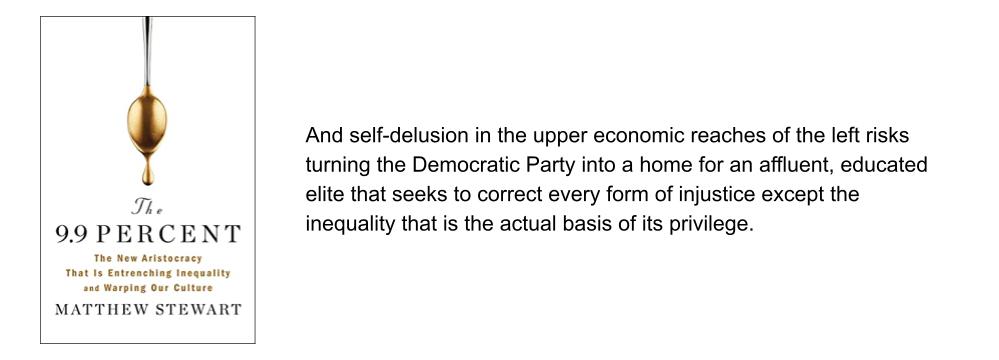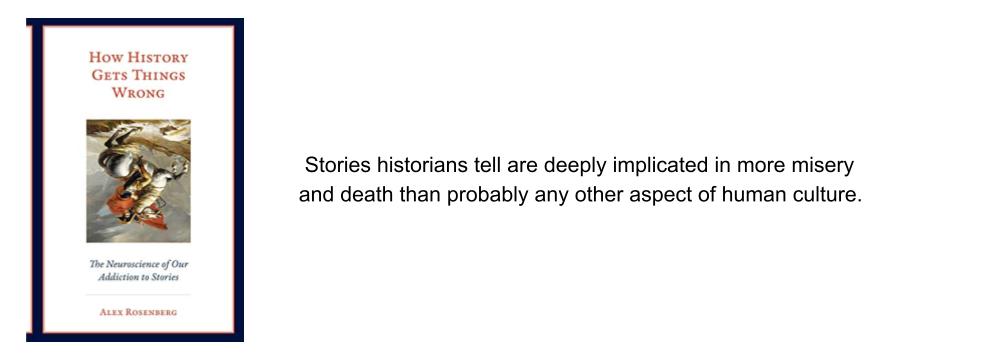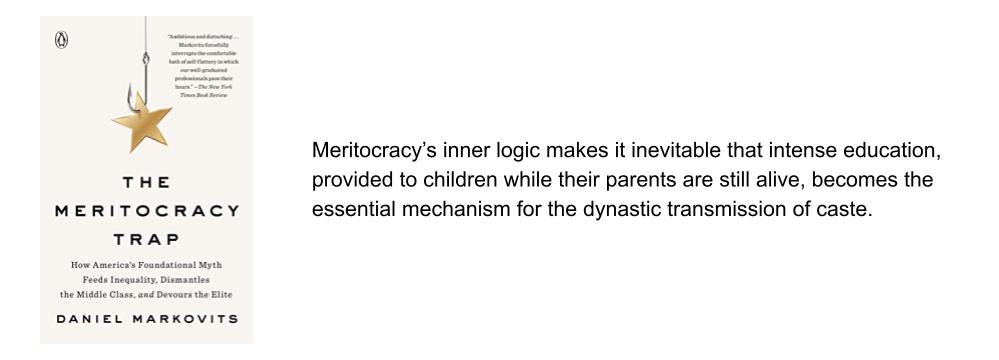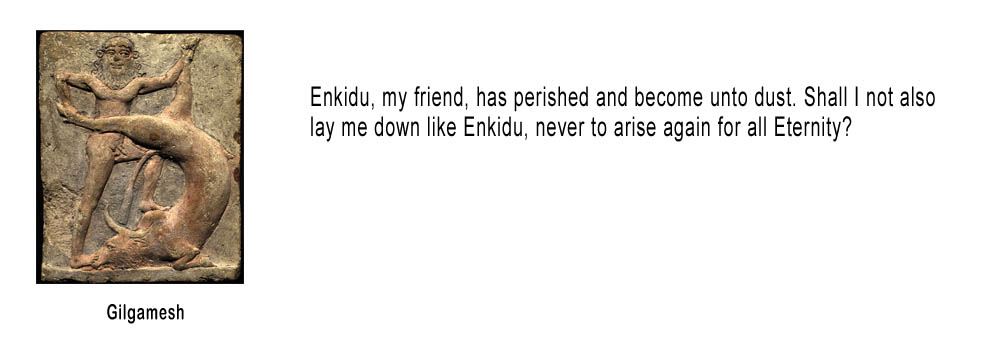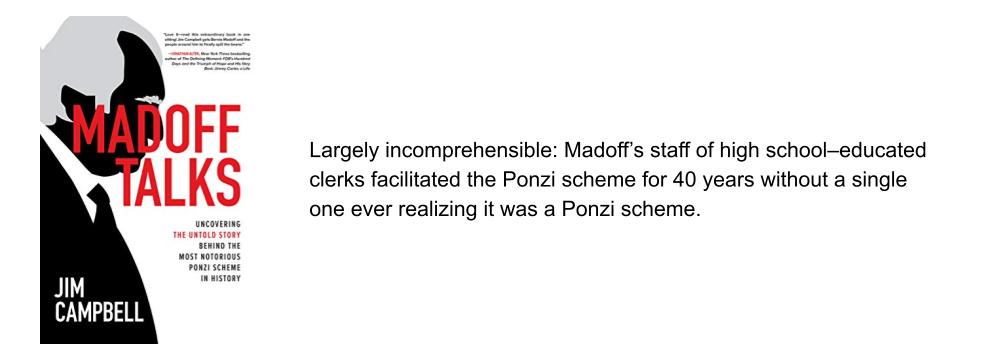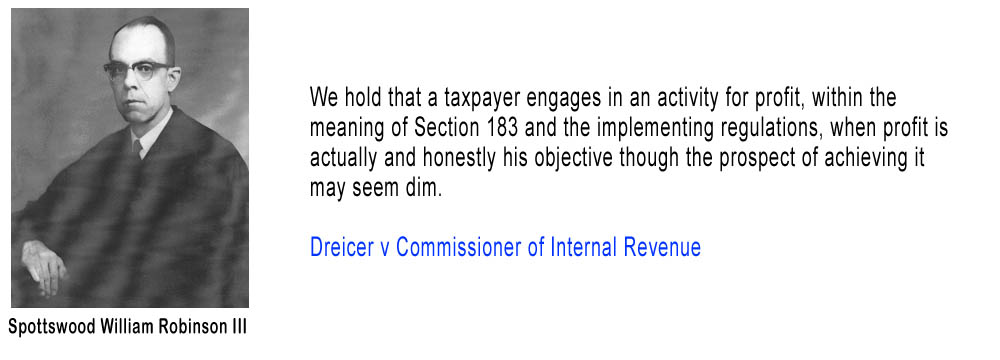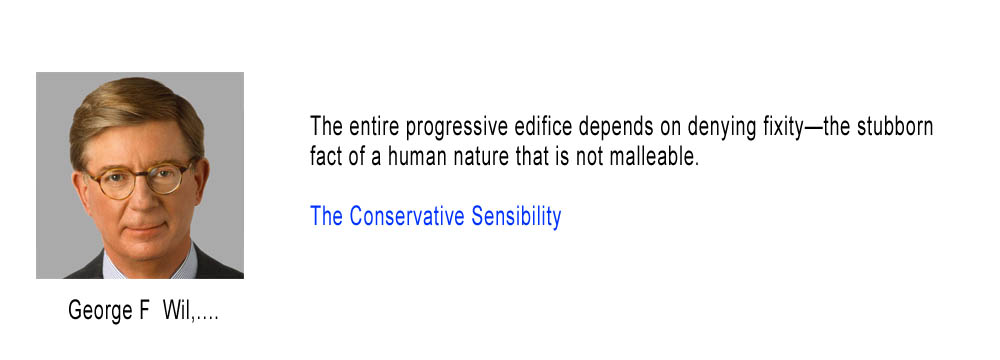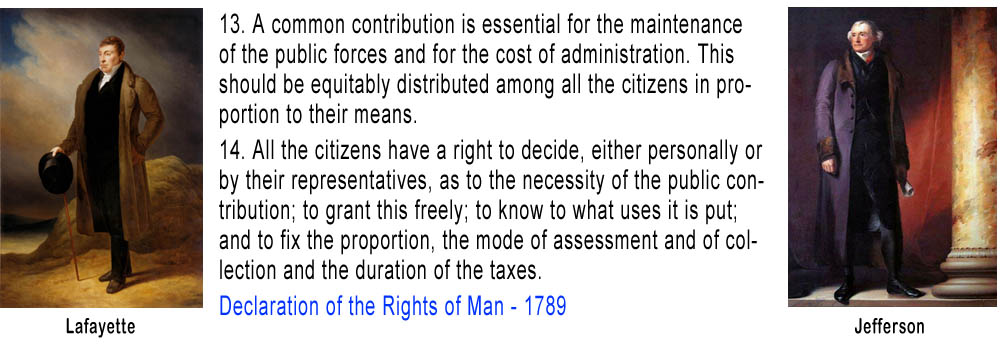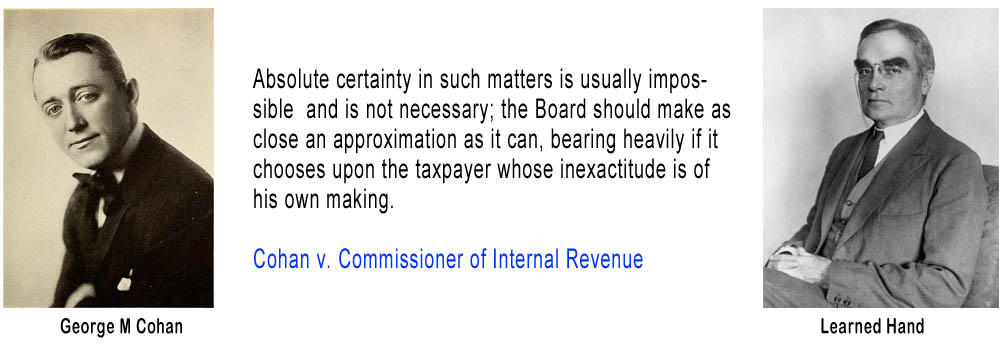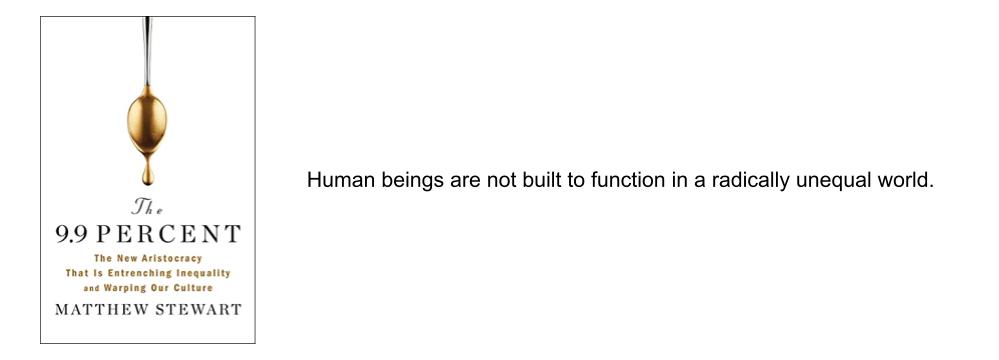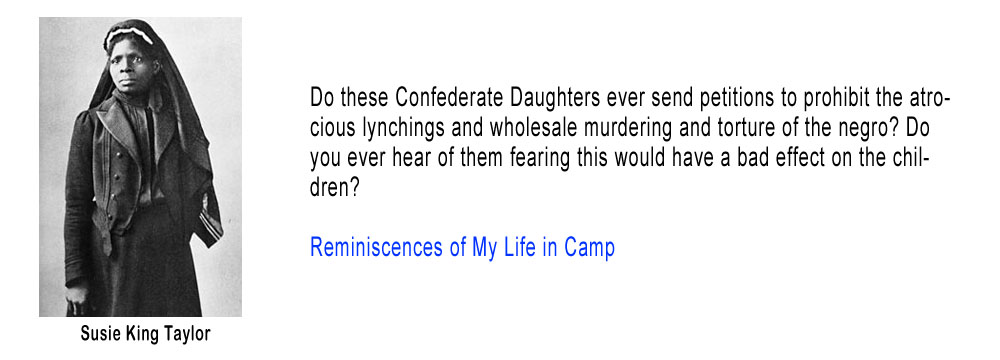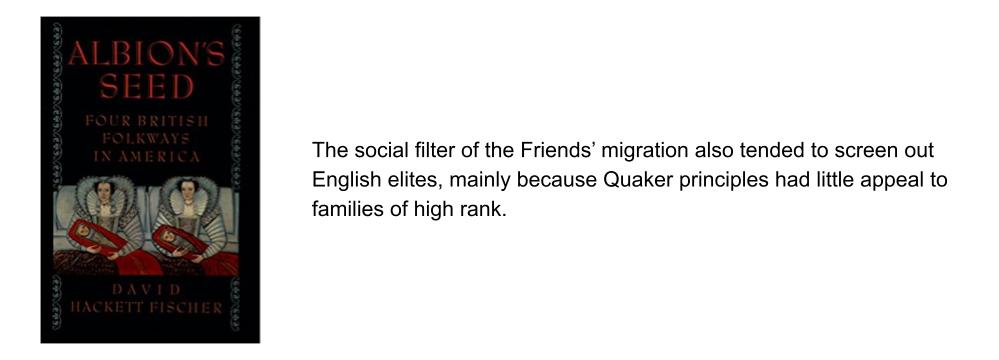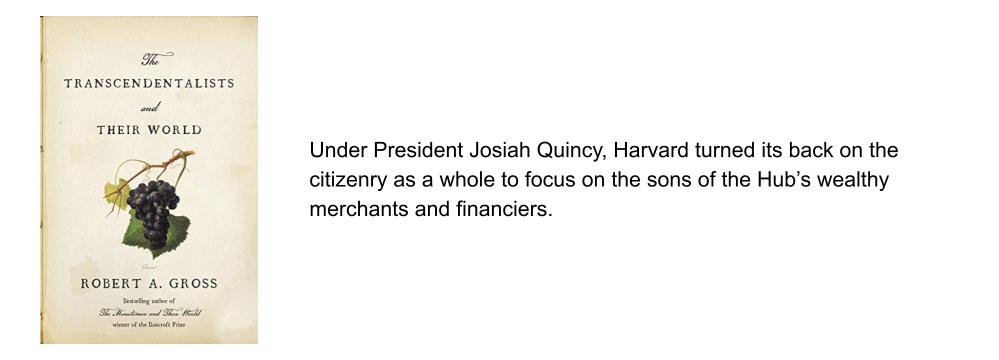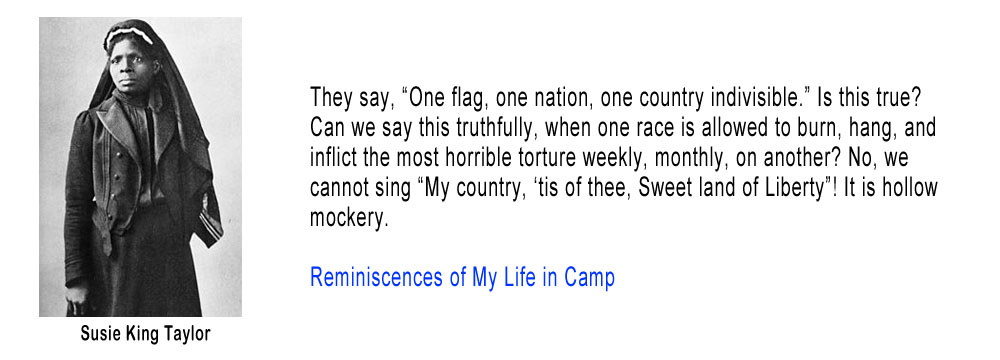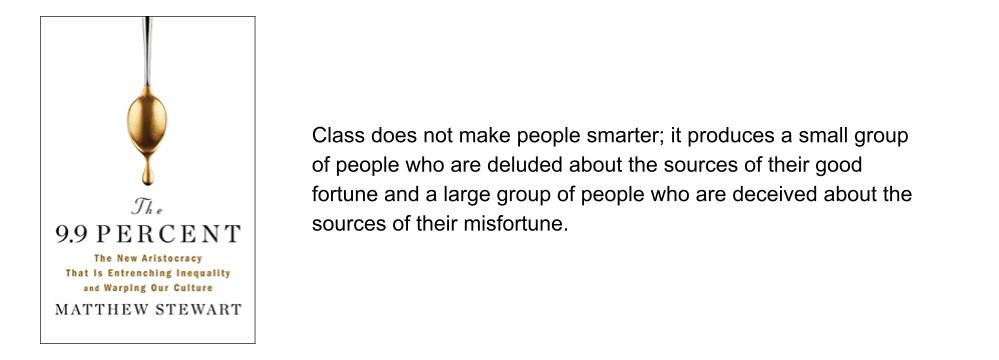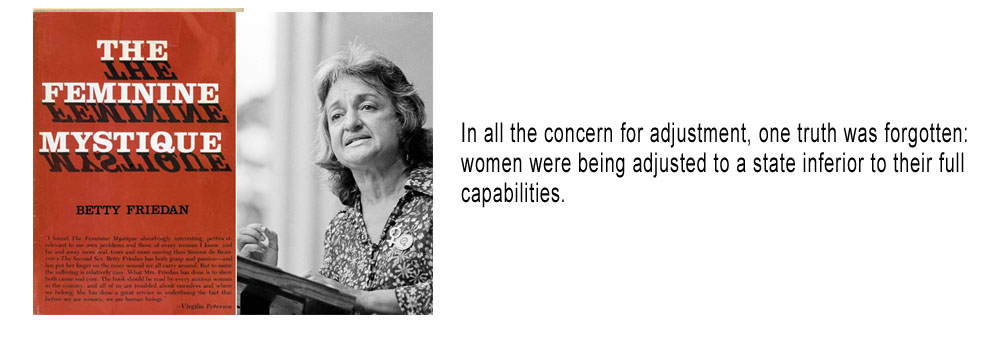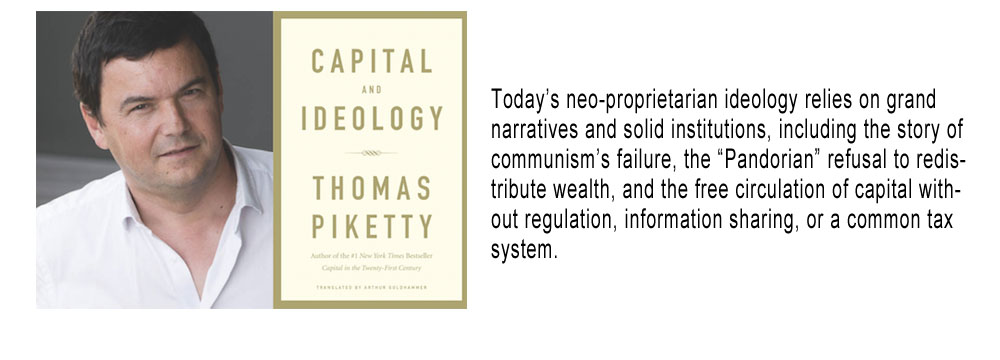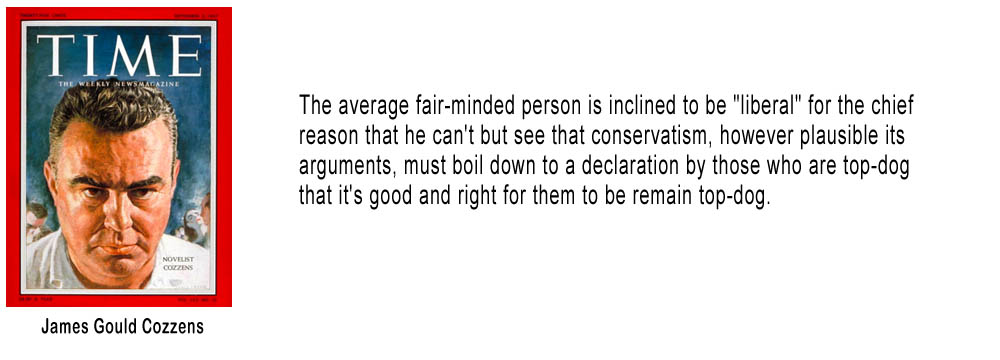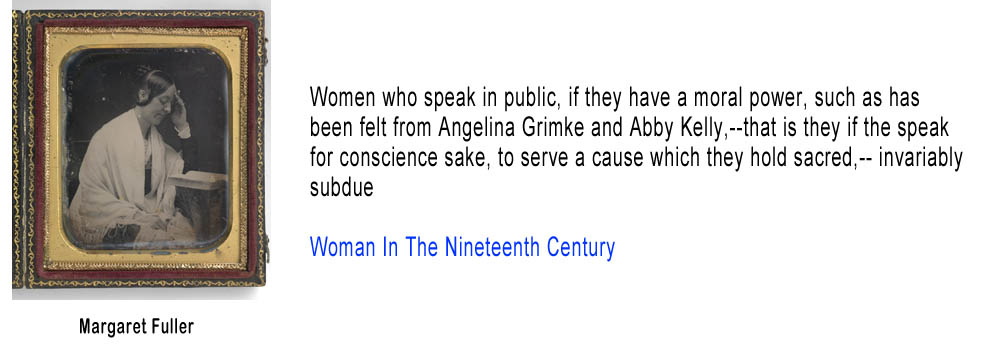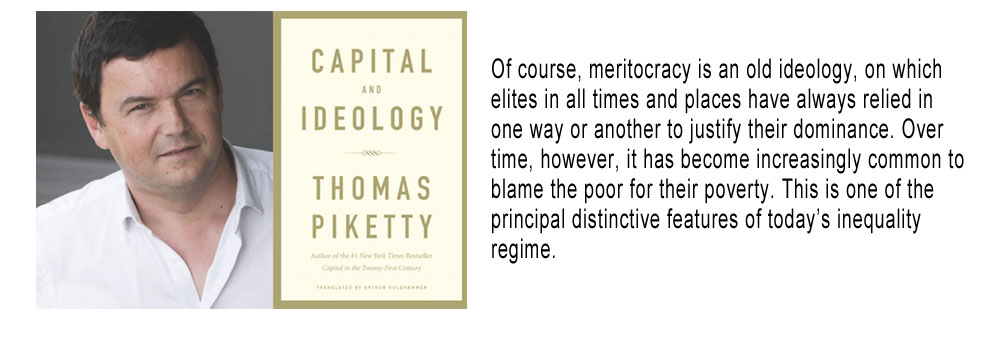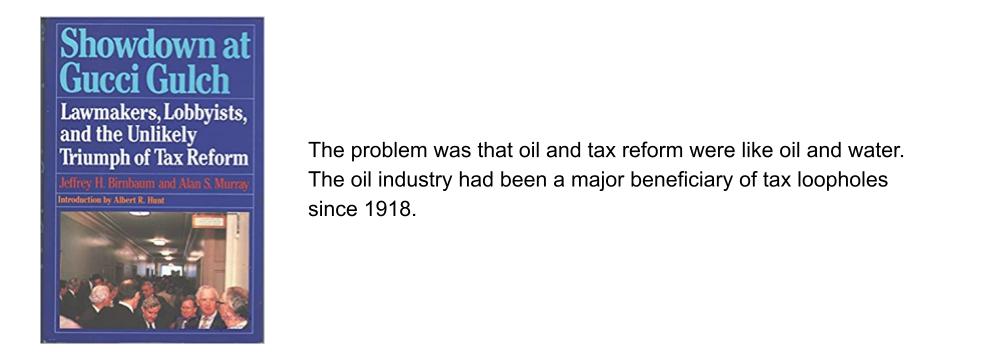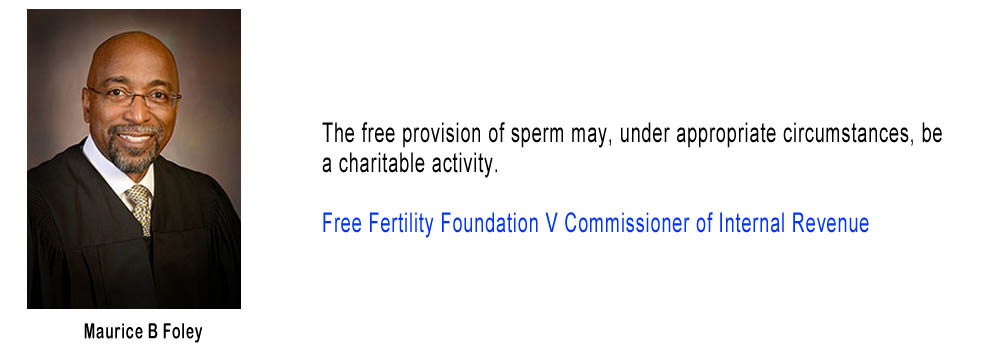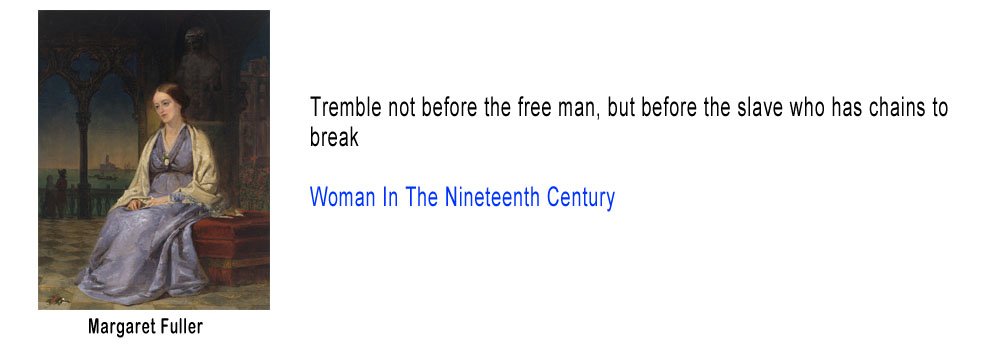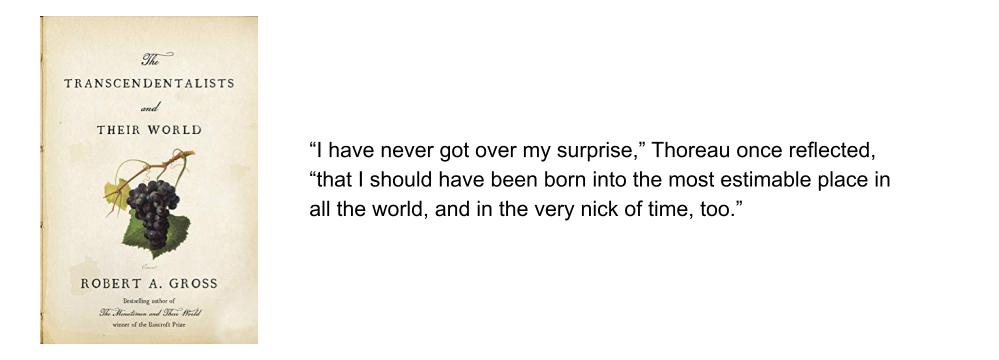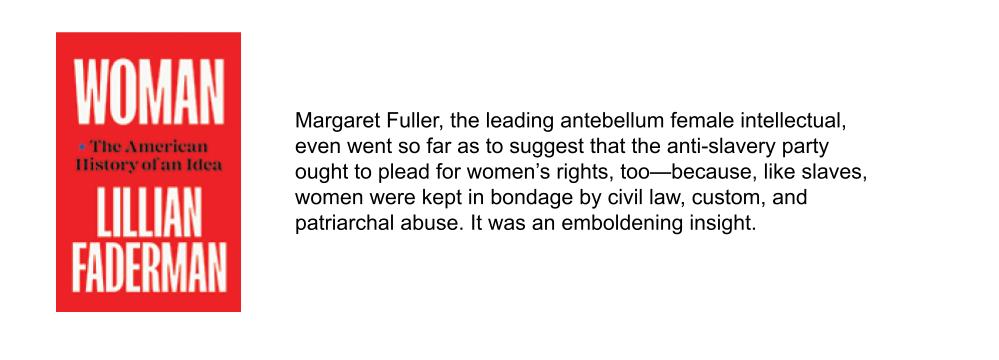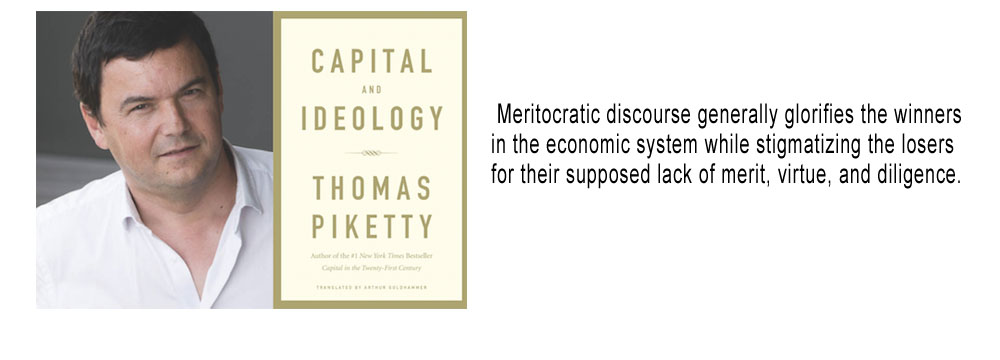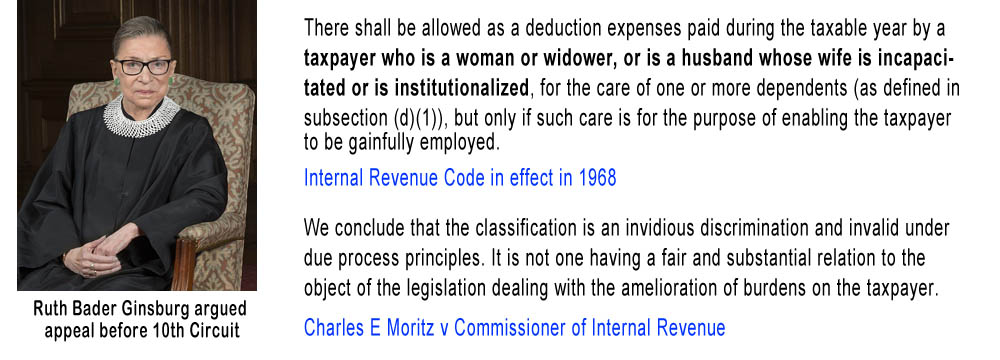Broadly speaking there are three types of payments connected to divorce. They are property settlements, child support and alimony. The first two do not create taxable income or deductions. Alimony, on the other hand, is deductible against adjusted gross income to the payer and includable in the income of the payee. If the payer is in a higher tax bracket than the payee, characterizing payments as alimony can be a win-win, provided the net tax savings are shared. There are rules to prevent payments that are, in essence, child support payments or property settlements from being characterized as alimony. Suffice it to say, that the rules are a little complicated.
The rules are not so complicated that divorce attorney should not understand them. There are enough Tax Court cases, where people are blind-sided, though, to make me think there are quite a few divorce attorneys who don’t understand them or even have a vague idea that the rules exist. On the other hand, cases like that of Sharon Schilling make me wonder whether there might be divorce attorneys, who are playing the rules to draft deliberately ambiguous agreements to whipsaw the IRS. Wouldn’t it be great if the payer could deduct without the payee including in income ? Talk about a win-win. Here is the story:
On April 22, 2003, petitioner and her ex-husband entered into a separation agreement which specified that her ex-husband would pay her spousal support of $2,450 per month for six years but which also specified incremental reductions in the $2,450 spousal support payments as their three youngest children turned 18 or left home for college during their 18th year, whichever occurred later. If the children did not go to college in their 18th year, the separation agreement.
Neither the separation agreement nor the divorce decree specified that petitioner’s ex-husband’s monthly support payments to her would terminate upon her death.
On her 2006 Federal income tax return petitioner reported zero taxable alimony income.
The agreement specified zero child support, which as you might expect is less than the guidelines. The long term spousal support accounted for the variation from the guidelines. Now the portion of the spousal support that turns off when a child turns eighteen is clearly disguised child support. So the IRS went along with Ms. Schilling only being taxed on $1,925 per month. How did she get to zero though ?
She got to zero because there was no specification that the payments cease in the event of her death. That makes the payment stream look like a property settlement. Former Major League baseball player, Dave LaPoint was denied alimony deductions under that theory. The lack of a death termination clause is not determinative, though. Under the law of the state of Ohio, spousal support payments terminate on death, which is good enough to preserve alimony treatment.
I think somewhere deep in my heart there is a natural naivete that makes me think that people want to have clear and unambiguous agreements. That inner good doobie thinks that the divorce attorneys should be drafting an agreement that has a single unambiguous number that is deductible to the payer and taxable to the payee. Much of my time is spent on partnerships, which can have rather challenging agreements to interpret, but I know when I am done, that all the income and deductions will be allocated to somebody.
The individual returns of divorced couples are usually not prepared by the same person though. Closing a deal where one could arguably deduct payments that the other might arguably not report might not seem like such a bad result. Maybe those divorce attorneys are smarter than I thought.
You can follow me on twitter @peterreillycpa.
Originally published on Forbes.com on September 11th, 2012

